Recently, I took a gamble and bought some bone conduction headphones — the cheapest ones from Shokz (formerly AfterShokz) called Shokz Openrun.
I haven’t seen anyone try bone-conduction headphones under motorcycle helmets yet, so I thought I’d give it a whirl!
Bone conduction headphones, for those who don’t know, conduct vibrations directly to your inner ear through bones in your upper cheek and jaw, rather than through the air. They are like headphones that don’t sit on or in your ear, but near your temple. When using them, it sounds just like sound normally does.
My theory was that bone conduction headphones on a motorcycle would be a great way to have audio in any helmet without installing an intercom system (I use audio 95% of the time for navigation, especially when I don’t have a phone mount and riding in a foreign place), while wearing the best earplugs possible.
Short story: I was shocked that Shokz OpenRun bone conduction headphones worked better than I expected when under a helmet. Even with earplugs in. I could hear the directions and music clearly even when riding above 75 mph / 120 km/h. Beyond there, it did get a bit noisy. But I also didn’t have the headphones on full volume (about 75%).
If you’re thinking about using Shokz headphones in a helmet, you might be curious about the same things I was:
- Can you fit bone conduction headphones under a helmet?
- Can you hear bone conduction headphones as well as in-ear buds, or in-helmet speakers?
- Why do this, and why not get a communicator like a Sena or Cardo? (Good question, and yes, the latter are generally better)
- Tips and tricks on using bone conduction headphones with motorcycle helmets
Buy your pair of Shokz here! If you buy it through this link, I get a tiny percent of the sale. Consider that a tip that’s a “thanks” for this article, which always takes me a very long time to write. (You can feel free to not use that link, and then Amazon just gets to keep the money. Boo, hiss.)
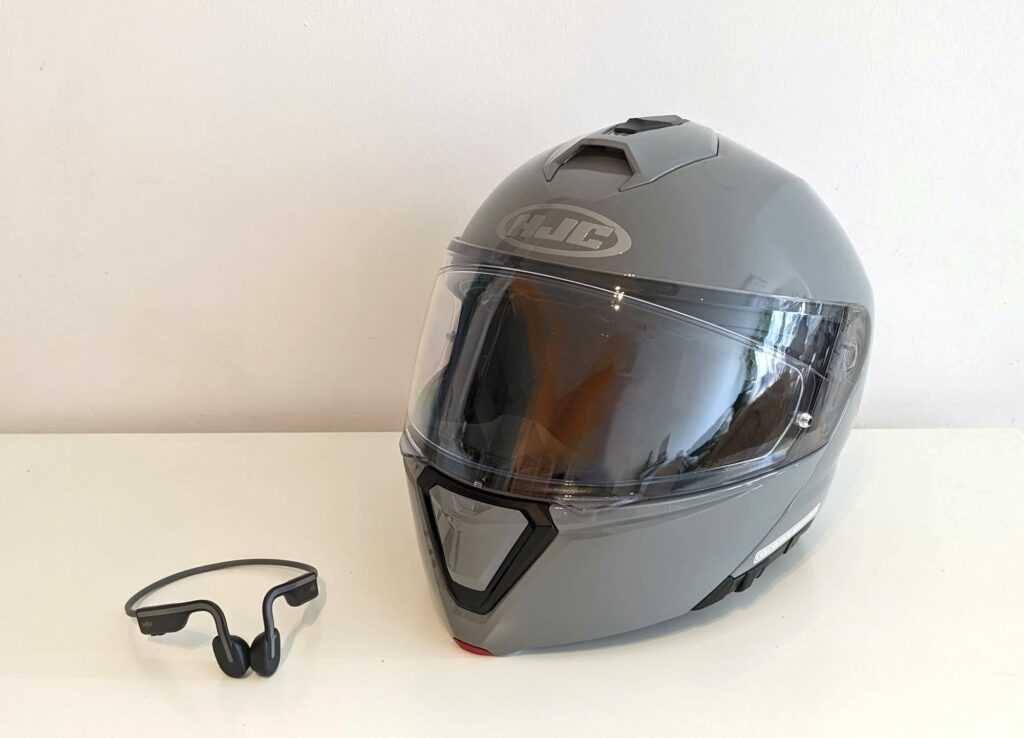
Are you obsessed with motorcycles?
Well, I am. That’s why I created this site — as an outlet. I love learning and sharing what others might find useful. If you like what you read here, and you’re a fraction as obsessed as I am, you might like to know when I’ve published more. (Check the latest for an idea of what you’ll see.)
My Shokz + Motorcycle Helmet setup
As a preface, here is my bone conduction headphones setup I used to test.
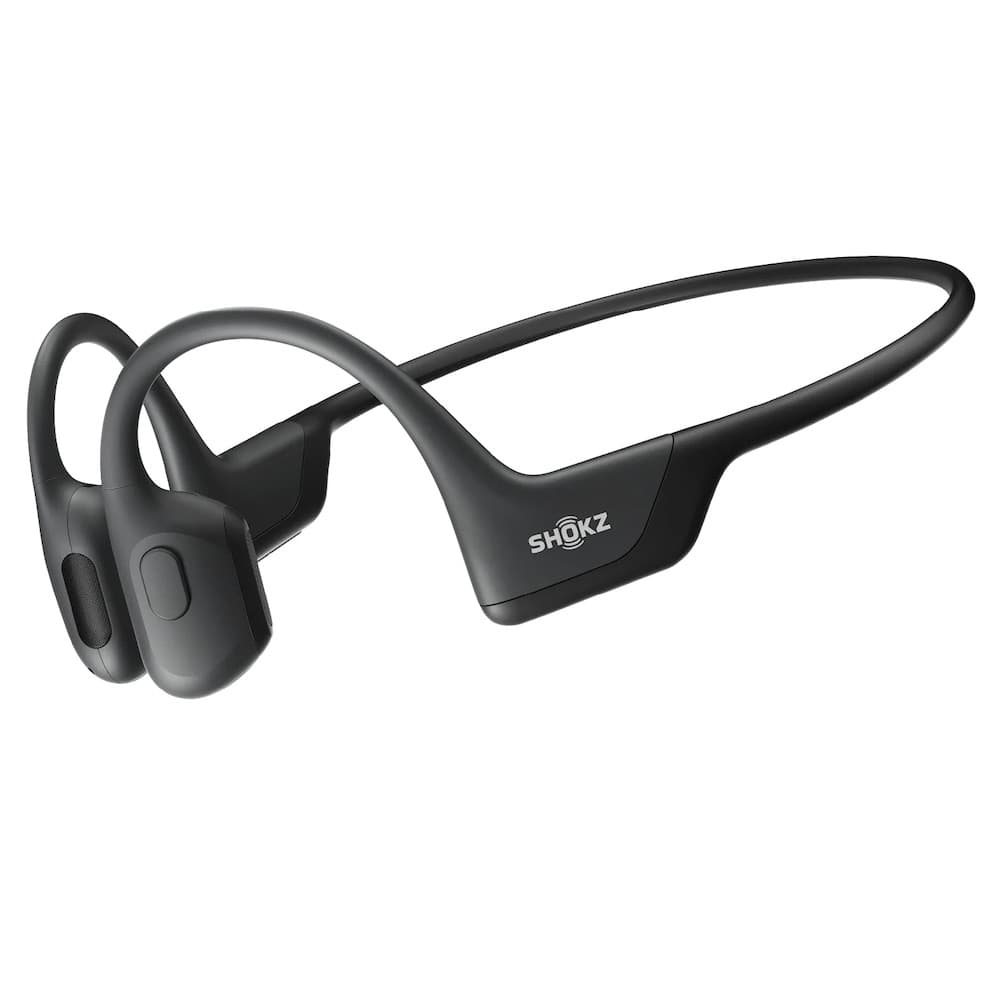
Shokz OpenRun bone conduction headphones — This is the cheapest model of Shokz bone conduction headphones available.
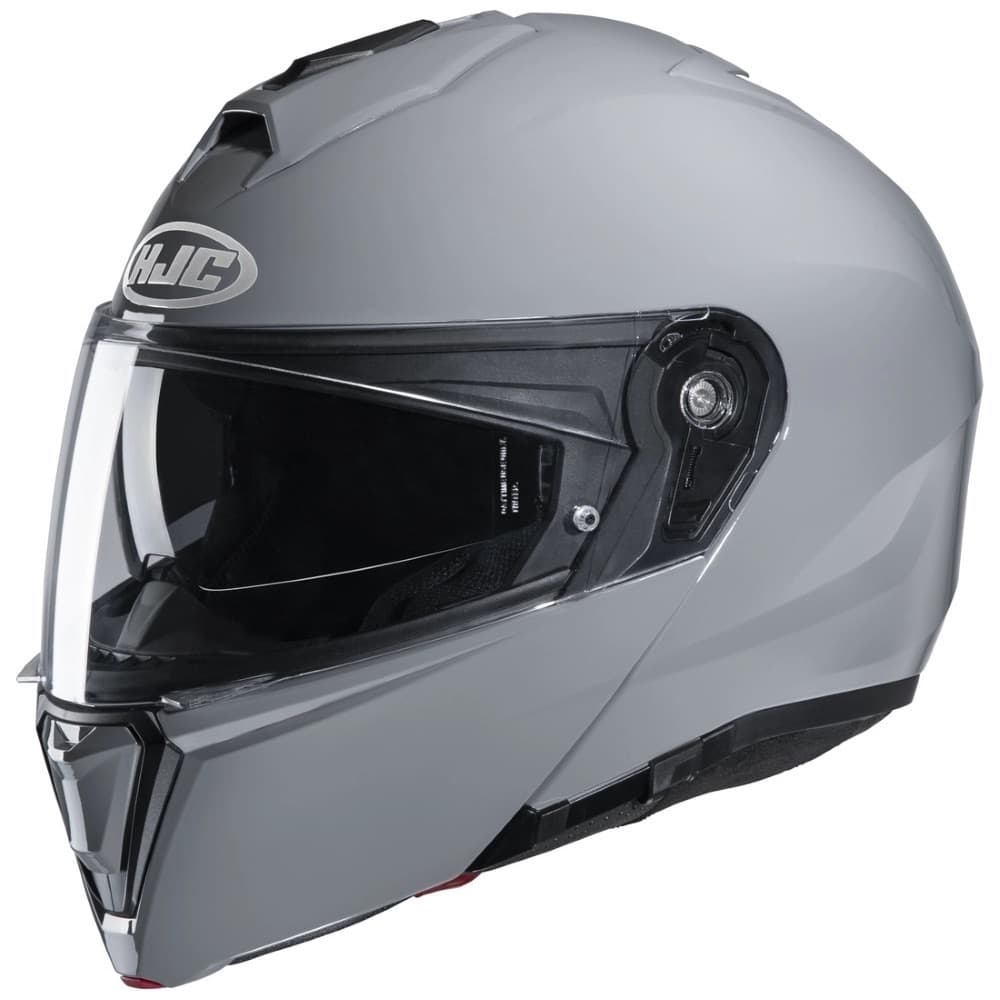
HJC i90 modular (flip-up) helmet — This is an affordable flip-up helmet I think is really great value for money. I find it much easier to use flip-up helmets with earbuds and bone conduction headphones, because it’s easier to make adjustment once the helmet is on.
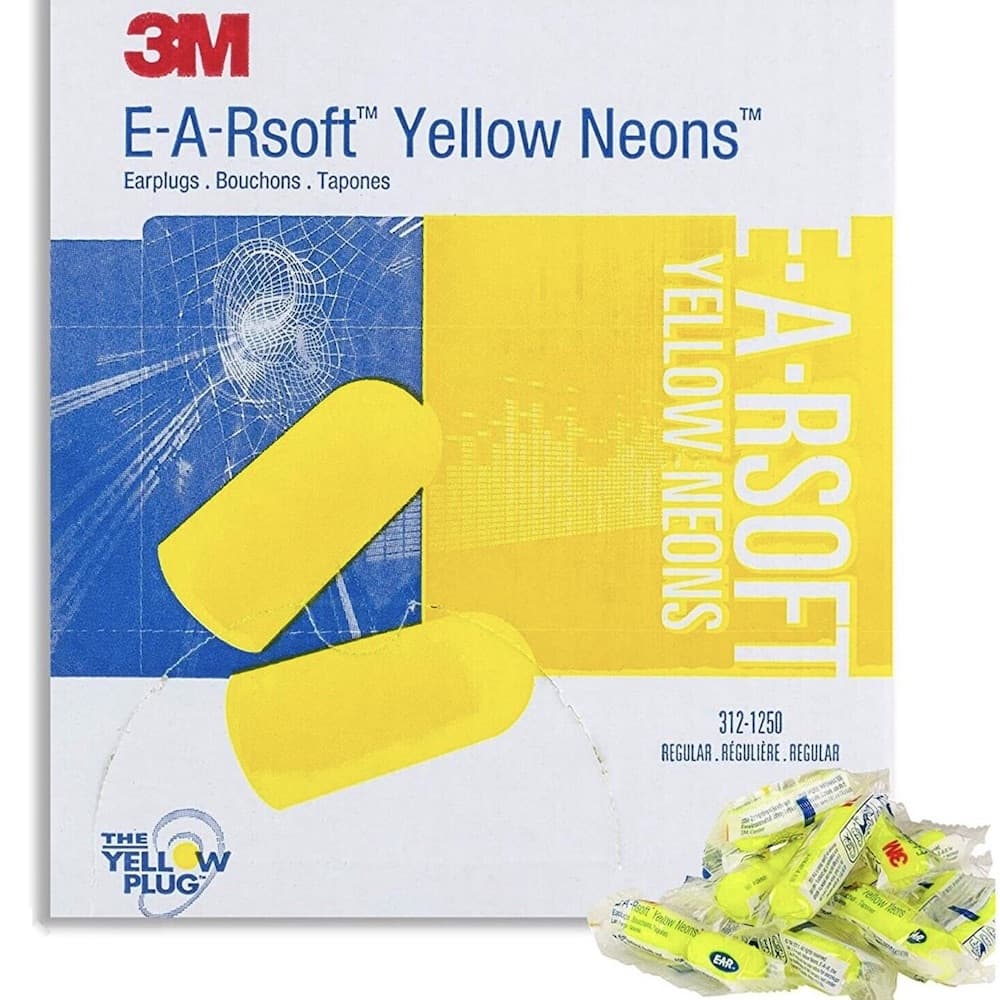
Foam earplugs — I use foam ear plugs. I’ve also used my custom molded ones to compare — I found I prefer foam ear plugs.
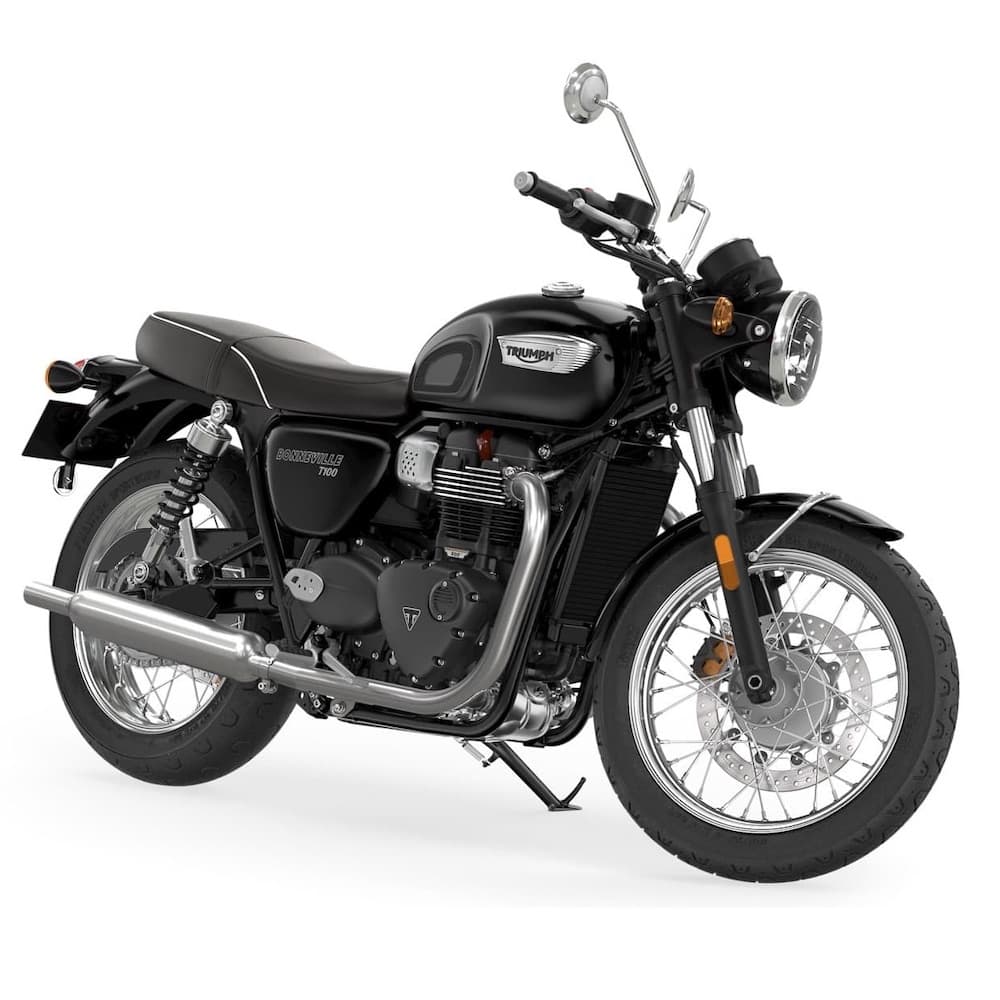
A naked bike (I tested with a Yamaha MT-09 SP and a Triumph T100) for maximum wind in my face at speed!
How to use Shokz (or other bone conduction headphones) with a Motorcycle Helmet
Here’s how to do it, just in case it helps you:
- Put on the headphones. Wear them hooked above your ears. (Sometimes I like them going over my ears, to not make my ears stick out.)
- Put in your earplugs. If you’re using standard foam earplugs, moisten them slightly, twist, and insert.
- Adjust the volume. You probably want the volume a bit higher than normal.
- Open the visor of the modular helmet, and carefully pull it down over the bone conduction headphones.
- If one pops off your ear, push it back in place.
You’re done!
When putting on the helmet when wearing any earplugs (including noise-cancelling buds), I have the same MO: Open the front visor, slightly hold open the sides, and pull the helmet over my ears.
With Shokz, I first put in earbuds. I do this by moistening them slightly, scrunching them up, and stuffing them into my ear. Doing this, I get extremely good sound deadening.
Doing this with earbuds sometimes pulls them out of place. But with Shokz earphones, because they sit over the ear, the helmet pulls them into place and holds them against my head.
Overall Experience — How Well Do Bone Conduction Headphones Work Under Motorcycle Helmets?
Generally speaking, I found the Shokz OpenRun headphones to work very well under a motorcycle helmet.
Other things I’ve tried have been
- High-end communicators (mostly different Sena units, but yes I hear Cardo is better)
- A helmet with built-in communications (my Forcite “smart” helmet)
- In-ear buds wedged in under my helmet, either regular or noise-cancelling
General review of Shokz OpenRun (regardless of whether using them under a helmet)
It’s worth pointing out that even if I’m not using them under a motorcycle helmet, I really enjoy using Shokz bone conduction headphones.
The main reason for this is that they’re super comfortable. Having my ears open is a revelation. I don’t feel like my ears are all stuffed or that earwax is building up. And I remain “open” to the world around me.
The sound quality isn’t great. I’d equate them to earbuds of 20-30 years ago. They lacks bass and treble. It’s totally fine for voice, but for music it is like the quality of listening in to music that’s in the next room.
Still, when you’re on a motorcycle at speed, it’s hard to have a high-quality acoustic experience, so even in that situation it’s fine.
The Shokz OpenRun headphones I bought — the cheapest bone conduction headphones from the most premium brand — have very high battery life, are comfortable, and are sturdily built.
Since they’re only a bit more expensive than the non-name brands, I’d definitely recommend them.
Now let’s look at how they compare to the experience of other kinds of in-helmet audio / communication.
Bone Conduction vs In-Built Communicators
When I use helmet communicators, whether they’re aftermarket (like Sena / Cardo) or in-built (like Forcite), generally it’s a good experience. I use them with earplugs, and turn the volume a bit higher.
The net result is that I can hear quite well up to reasonable speeds (up to about 60 mph / 100 km/h) on a naked motorcycle, but it depends on the bike.
Up to that speed, with a helmet communicator on a naked bike, I can hear music, though it suffers from a bit of key shift due to the wind noise at speed. I can’t hear speech very well, but I can hear short instructions or understand that I should slow down to communicate better.
I can also communicate effectively up to about freeway speeds — but not at or above freeway speeds.
With my bone conduction headphones together with foam earplugs, I was surprised to see that I could hear better than helmet communicators at speed.
The reason for this, I believe, is that a) the earbuds isolated the wind noise, but b) the bone conduction headphones — pressed between the helmet and my head — were especially effective at conducting sound to my eardrum
With bone conduction headphones, I find that even at highway speeds, I could hear music clearly. It was really quite a revelation.
The other advantage of bone conduction headphones, similar to earbuds, is that I can use them on any motorcycle helmet, even if I switch out to other brands, or if I’m renting temporarily in another country. (I don’t often rent helmets, but some people might like to.)
Bone Conduction vs Noise-Cancelling In-Ear Buds
I’ve also in the past been an advocate of noise-cancelling earbuds under a helmet. I’ve used both AirPods Pro and Jabra 7 Pro noise-cancelling earbuds under a helmet.
These work, but it’s fiddly to put them in, and then they don’t always stay in the right position. Once they’re there, I find the noise and wind cancellation to be nearly (but not quite) as good as regular foam earbuds — but at least I can play music through them.
Like bone conduction headphones, you can’t use the microphone feature of noise cancelling earbuds when they’re under a helmet. I’ve literally yelled at them, but can’t get them to register a “Hey, Siri” or “OK Google” unless I’m at a complete stop and I get a bit lucky.
Drawbacks of Bone Conduction Headphones
There are three main drawbacks of using bone conduction headphones like Shokz OpenRun under a motorcycle helmet.
The main drawback is a bit of extra pressure against my head, around my ears. I find this tolerable, but it will depend on your head shape and your helmet.
Even though I wear a tight-fitting helmet (I try to wear medium instead of large, using Shoei or HJC helmets), after a 4-6 hour session of riding, I still am relatively comfortable.
The second drawback of any headphones over an in-built communicator is it lacks any communication ability.
The microphones don’t pick up voice well. And, of course, there’s no intercom function.
The next thing I’ll try will be the Shokz OpenComm, which has a boom microphone. I’m not sure how well it’ll work. Even if it does, it’ll only be suitable for phone calls and instructions to the phone, not for intercom communications.
The final drawback is that, like most electronic devices, they can be expensive.
I’ve seen decent reviews for no-name / knock-off brands of bone conduction headphones on Amazon. It’s a little hard to figure out what are fake reviews and what aren’t, but if you live in a place where you can take advantage of a return policy, then you can try them out.
Sanity check: Why use bone conduction under a motorcycle helmet?
The main reason I was interested in bone conduction is because of overall noise reduction while still being able to hear audio.
Because I can wear well-fitted foam earplugs at the same time as bone-conduction headphones, I can really effectively block wind noise, while still being able to hear the audio, as they conduct noise through my skull.
Wind noise is a big irritant for me when I’m riding naked bikes or bikes with a short shield (which is my favourite kind of motorcycle). It doesn’t bother everyone. But it makes my ears ring. (I have a small degree of hereditary tinnitus — I never was exposed to loud noises as a kid and yet I had tinnitus.)
Sum up
I really like my Shokz OpenRun, and use them both without a helmet and with a helmet pulled over them.
I think more people should try them out. If this article tickles you, give them a look.



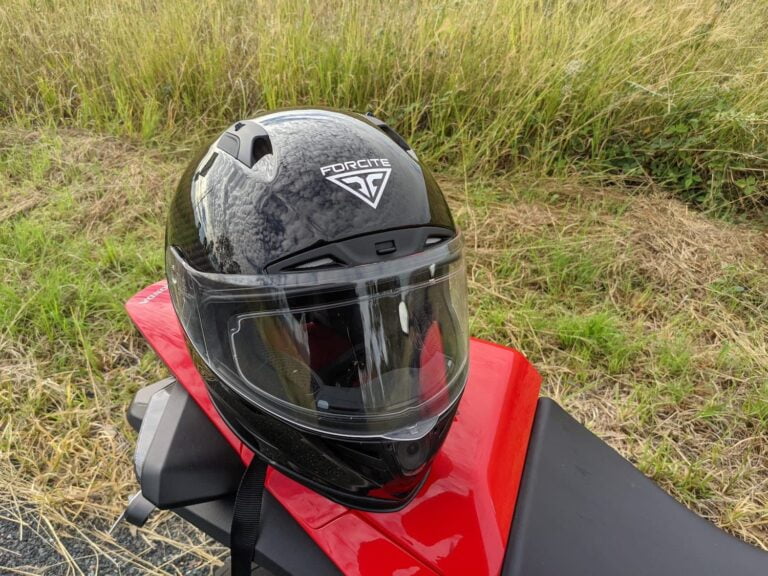
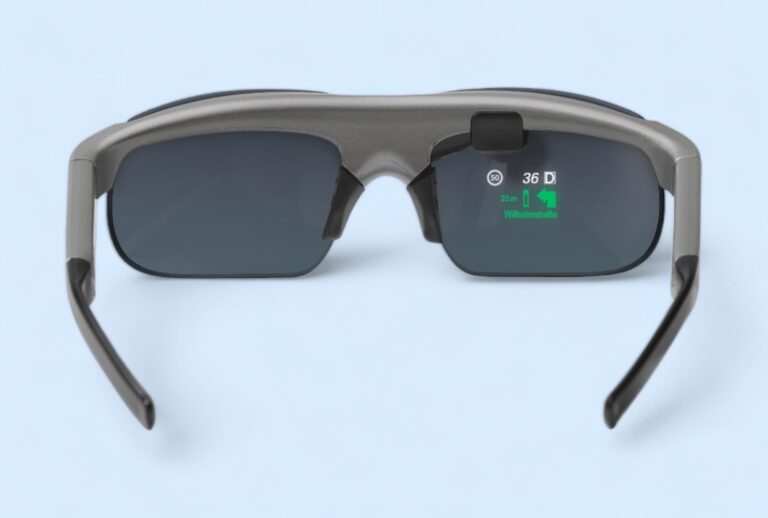
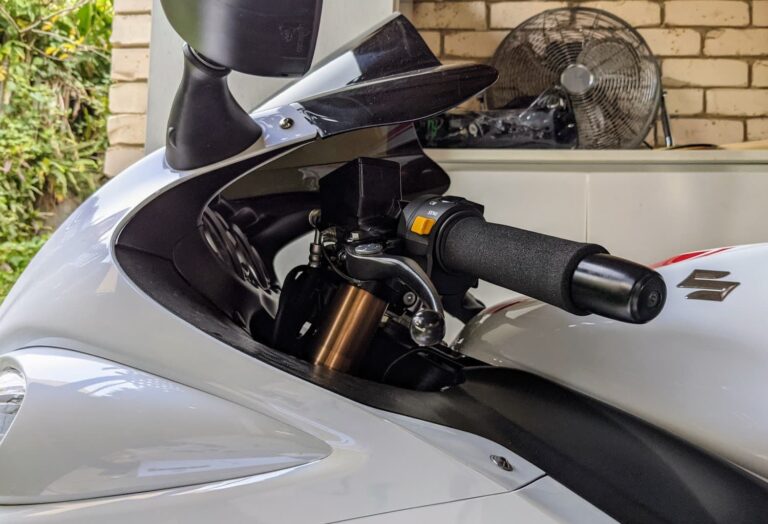
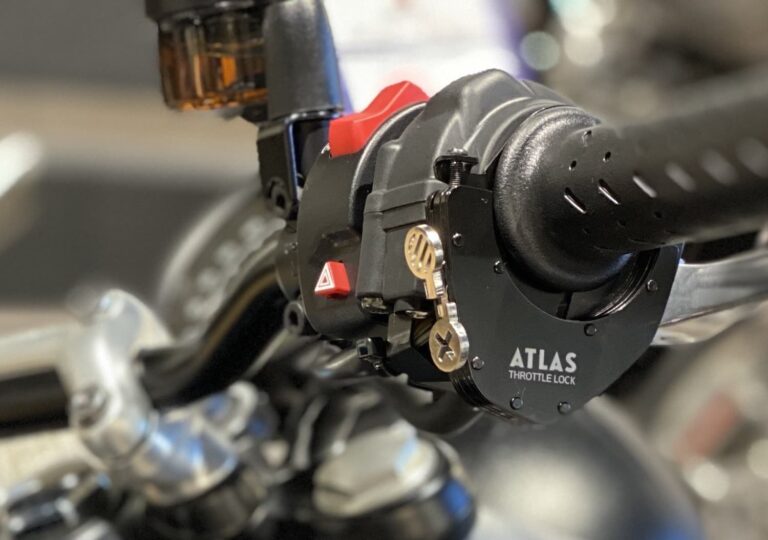
WTH is a bone conduction headphone?
They send sound vibrations through the skull right where the jaw connects.
The aftershock Bluetooth headphones with the boom mic are fantastic for when you need to hear your surroundings or when you require OSHA rated earplugs, and need to take a phone call.
They’re not particularly flat, and my concern is that you either have a very oval shaped head or aren’t buying the correct size helmet to fit them under your helmet.
I’ve been using the Plugfones recently based on a friend’s recommendation, but they don’t always seal in my ear holes. The friend that recommended them has moved onto custom moldable ear buds, but has had cord fraying issues.
Interesting article!
Thanks for sharing your experience.
The concern about “correct size helmet” hits me to my core. It’s an ongoing pursuit. I mean, no helmet fits around’s a head perfectly. Though that’d be nice! But let me assure you there’s no way I could fit into a smaller than “M” size helmet of any brand (I’ve tried with all the expensive ones). Even this helmet has a hot spot around the forehead. Shoei helmets fit me best, but my budget hasn’t quite reached the level of buying a Shoei Neotec 2.
I’ve been using my aftershokz with my half brain bucket (German style) almost a year now. I only use them for zipping around town, anything over 45 is a struggle to hear the other person and they hear you. I’ve never used them with my full size helmets because they’re already Bluetooth equipped. Gr8 article.
Hi! Did you ever get to try the OpenComm? I think they’d be quite useful for at least phone calls, but I’m not really sure they’d even fit inside a full face helmet.
Not yet. I think it’s one of those things where everyone’s face / helmet will fit differently. Worth trying though. For what it’s worth, I like the experience of using the OpenRun enough for daily use that I’d consider the OpenComm anyway.
My issues: I couldn’t use the headphone buttons to adjust volume, answer calls, or stop/start listening to audio; discomfort from helmet pressing hard bits. I have owned a pair for years – great on a bicycle, or when mowing (with earplugs).
All that can be controlled from the phone or with a smart watch.
Your issue is valid though…I was thinking along the same lines.
I have been using shokz for several years now.
I recently purchased a motorcycle and was just researching the use of them while riding.
I have the open run shokz, and they are great regardless of where you are.
They do however have a “lesser” model available called openmove they run about half the price of the open run. However, the sound quality and the battery life is less, and the physical ear piece is a little but bigger.
The next one up would be the open run pro, which is right around $50 more than the open run.
The open run pro has longer battery life, same profile as open run. It also has much better sound.
The biggest upside to the shokz is that you can wear them anywhere any time and still have your ears open to hear your surroundings (perfect for work situations)
The biggest down side for me so far was the “tickle” you feel when they are to loud or having a conversation.
earplugs do increase the clarity as does external pressure pushing them into your skin
Yeah, I actually *prefer* using them with pressure and earplugs!
I’m sure they’ll constantly come out with newer models — and there are cheap knockoffs you can buy already. But this should apply to the concept of bone conduction headphones generally. They’ll come in all different sizes, but then so do our heads and helmets.